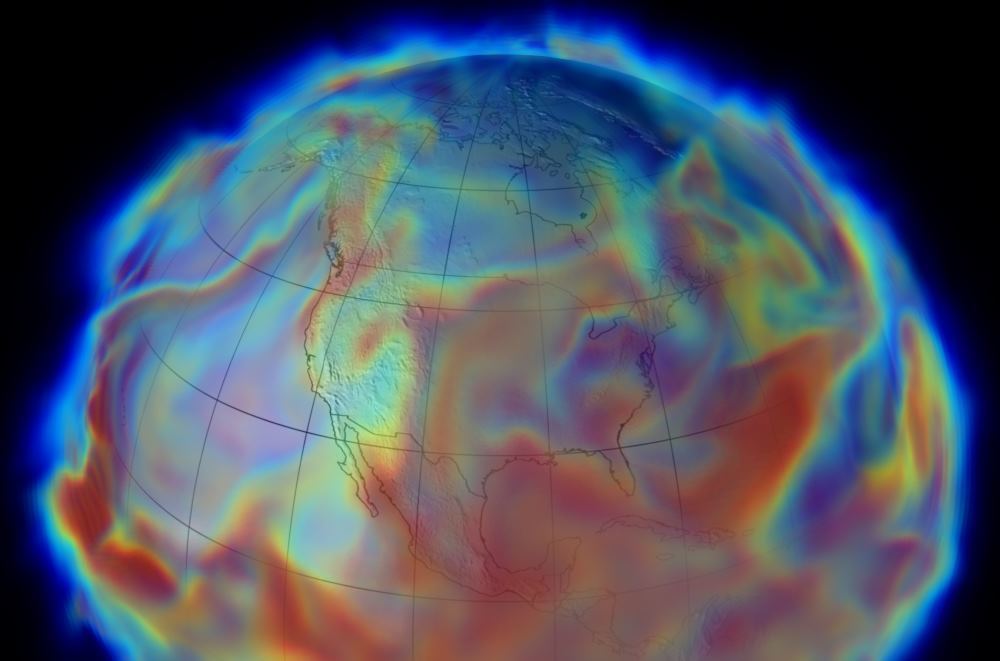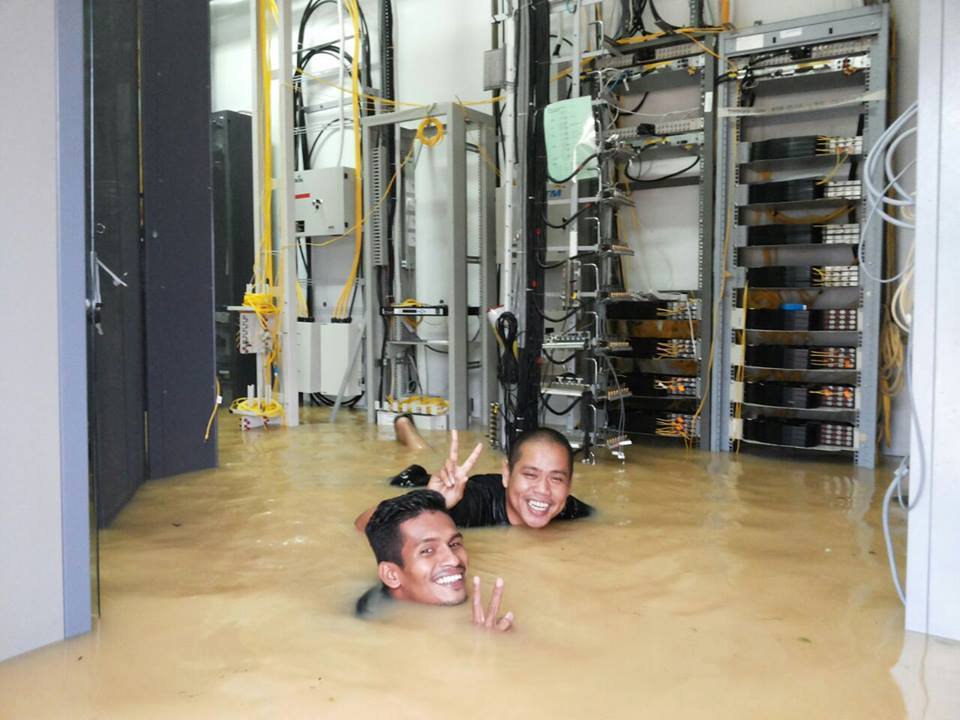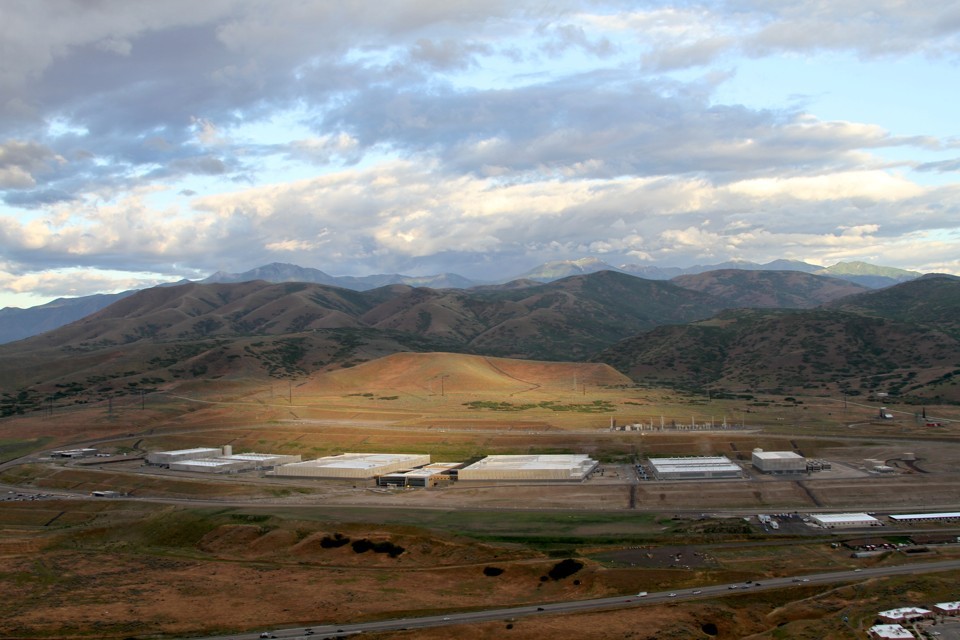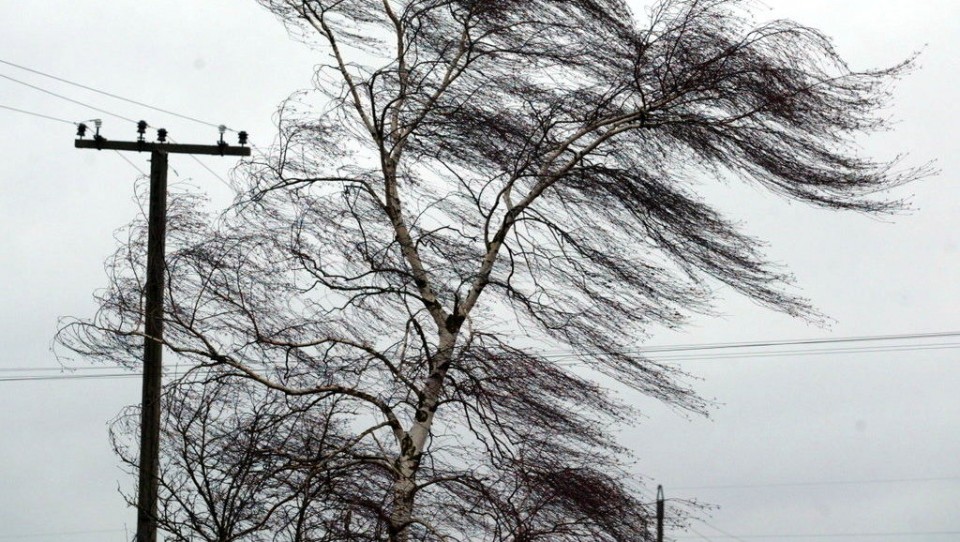Climate change and data center: good enough

Speaking of climate change, scientists often cite as an example the effect of such changes on the life of entire cities and countries. This topic has been studied for many years, and, of course, experts have a lot of information on this issue. Climate change is a very difficult problem, which is divided into several components. As for the IT sector, there is also a lot of interesting things here. In particular, it is possible to discuss a not too lighted topic of the impact of such changes on the data center.
And the impact can be very strong. After all, any data center has its own microclimate, which does not change over the years. The change of some external factors may lead to the need to modify the infrastructure of the data center or the care of the data center operator from a region where everything has become too difficult. Otherwise, the downtime of even the most reliable DCs may increase. And this, in turn, will affect the availability of IT services, increase operational costs and generally affect the telecommunications sector not too well. The climate is gradually changing and now scientists and technical experts have decided to clarify what can happen with data centers operating in regions with changing climates.
Water level increase

')
In some regions of the Earth, the water level gradually rises. This is mainly due to the warming of the climate, as a result of which the ice melts, and the amount of precipitation increases in some zones. All this can lead to damage to the main elements of the data center, which are located in regions subject to change.
There are already examples of this. For example, last year there were floods in the north-east of the UK. They have led to the flooding of a large number of important elements of data center infrastructure in some cities of the country. As a result, thousands of users were left without access to their Internet services. Among others, the clients of T-Mobile, Optus, BT and Vodafone suffered.
Another problem is the possible mixing of fresh aquifers with seawater. The salinity level increases, and this water may become unsuitable for use in the data center.
According to experts, it is floods - one of the most important negative factors affecting the work of the data center. In countries such as the UK, the Netherlands, and Japan, the likelihood of floods will increase over time. The only option for countries that are attacking water may be the development of distributed platforms, with duplication of critical infrastructure elements. This will help level down the increase in the number of downtime for a while.
Drought

The problem is not only floods, but also the lack of water. Prolonged lack of precipitation is fraught with soil shrinkage, and very significant. And this can lead to the destruction of important elements of the infrastructure of data centers. For example, as a result of this shrinkage, underground utilities, water pipes, electrical cables or a gas pipeline may break.
If the temperature in a certain region has significantly increased and stays for some time, this increases the data center costs for cooling, plus the load on the systems themselves. In the end, everything can just fail, resulting in a data center stops.
As mentioned above, the microclimate of the data center should be stable for a long time. Significant changes in temperature and humidity outside the data center can lead to problems with the equipment. Plus, if the drought continues for a long time, then in such a region there may simply be a lack of water, and a data center with a water cooling system falls into a difficult situation.
Air pollution

In cities such as Los Angeles, Moscow, Beijing, Tokyo, equipment in data centers often wears out and fails much faster than in data centers located away from sources of atmospheric pollution. Worst of all, the overwhelming majority of data centers are located right next to megalopolises. There are a lot of examples of companies placing data centers away from them, but still this is only a small fraction.
Air pollution can affect the health of personnel and the state of the equipment. Atmospheric pollutants are a relatively unforeseen factor of external influence on data center equipment.
A number of chemical compounds have a damaging effect on electronic equipment. It is about corrosion, which may be imperceptible, but in the end it makes itself felt. Mechanical damage resulting in infrastructure failure may be a problem.
Modern air intake systems are equipped with filters. But still most often the atmospheric air taken from the outside is not cleaned . In addition, polluted air penetrates inside the data center in other ways - for example, through doors, during their opening and closing. The most serious pollutants are sulfur dioxide, hydrogen sulfide and fine dust fractions.
There is simply a huge concentration of all this in Beijing, where the authorities almost every week declare an alarm over air pollution. Such air destroys not only electronic equipment, it provokes and accelerates corrosion of the elements of racks, individual elements of the energy infrastructure.
Studies on the negative impact of polluted industrial emissions of air on server equipment and data centers as a whole have been conducted for a long time. One of the most extensive research conducted by Intel. The results of this study are a simple statement of the fact that polluted air increases the wear rate of equipment in a number of regions. Baidu’s study of its data centers located in Beijing is more productive. I must say that this company needs DC in this region, but the problems as a result are almost more than advantages. And Beijing is not the only metropolis where the normal functioning of the data center becomes a problem.
Other factors

These include storms and strong winds. In some regions, climate change leads to a change in the wind rose, an increase in the number of storms and storms. As a result, power and network cables laid above ground are cut.
Well, in some cases unforeseen situations occur. These include damage to the telecommunications or energy infrastructure of animals. An interesting article has recently been published in the USA, according to which animals very often damage the power grid.
Climate change leads to rapid reproduction of a particular animal species, which can lead to an increase in damage to the power grid. The most dangerous "saboteurs" are considered to be proteins, but in reality there are much more pest animals.
It is clear that data center operators cannot do anything with climate change. But to prepare for them is quite possible. And if you do this much in advance, then it will not be painfully painful.
Source: https://habr.com/ru/post/321858/
All Articles